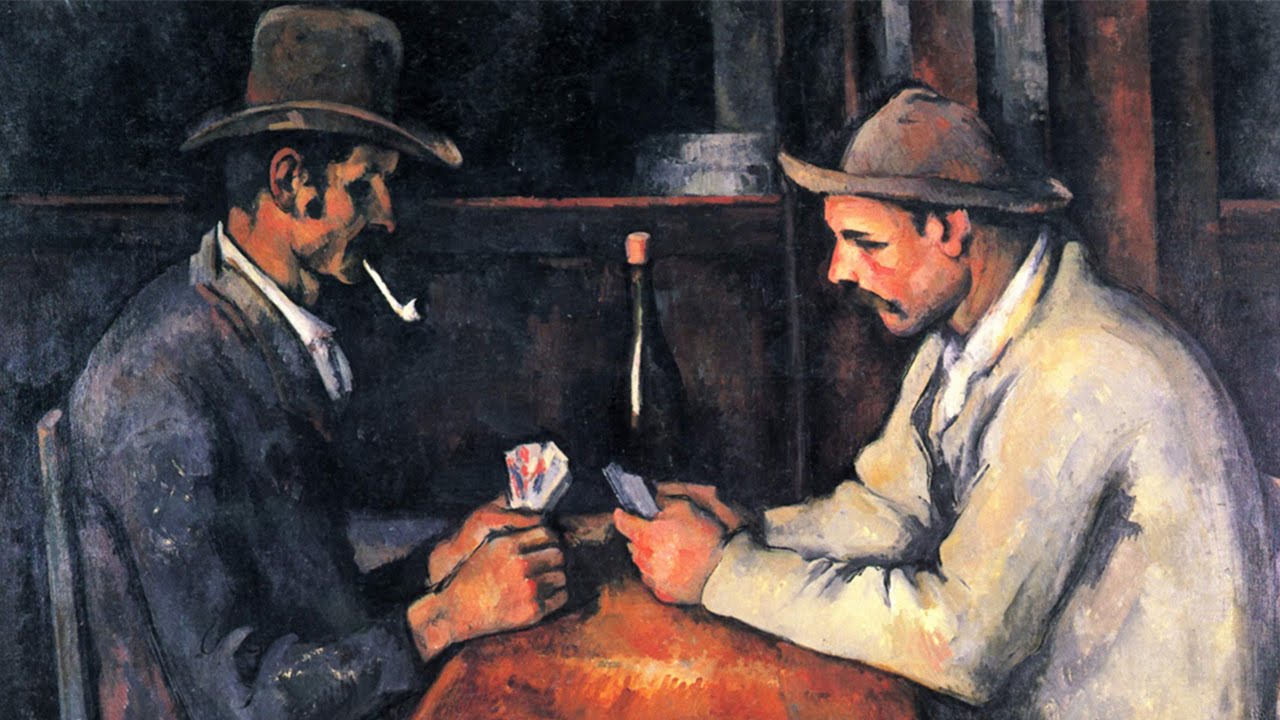Did you know that oil paintings last longer than acrylics, watercolours and other types of paintings? Oil paintings will age gracefully over time and need very little maintenance to keep them looking their best.

Don’t Take Your Oil Paintings Outside
Oil paintings can go outside when it’s mild out, but they don’t need to go outside in the summer or winter. It’s a great way to permanently damage your paintings. Oil paintings are delicate. They contain oils, varnishes and gesso, which are all materials that can break down when exposed to extreme heat or cold.
This can cause cracks, splinters, peeling and fading in your oil paintings. Even mild temperature changes can cause oil paintings to lose their lustre and color because they’re not designed to be flexible.
Hang your Oil Paintings Properly
It may seem obvious, but most people don’t hang oil paintings properly. When hanging them, make sure that they’re held up by the corners. This provides extra support and will not sag over time. Also, make sure that the painting isn’t stretched tightly across the wall.
Oil paintings aren’t designed to be super-sturdy across a wall. A good rule of thumb is to try not to put your painting too far off the wall. If you do, you have more room for error when it comes to positioning.
Dry Out your Oil Paintings
Often oil paintings are stored in a dry place, simply because that’s all that’s available. When this is the case, make sure to use a desiccant to remove the excess moisture from the air. You can find these in any art store or online. Simply place the desiccant in a plastic bag and seal the bag, then place it in the room where the painting is located.
You should also try to remove excess moisture from the painting before storing it. This can be done by spraying the painting with water, wiping it with a cloth, or using a desiccant to remove the excess moisture in the air. Make sure to let your painting completely dry before storing it so that it doesn’t wrinkle and damage the painting.
Keep your Air Flow Free and Clear
Air is one of the biggest enemies of any painting. When your oil paintings are exposed to it, it can cause the paints to fade and become brittle. To prevent this, make sure there isn’t too much air in the room where your paintings are located. This means opening up any closed windows or vents, and keeping all doors and curtains closed so that air doesn’t get trapped inside the room.
If you do want some air in the room, make sure that it isn’t humid or contaminated. To keep your air clean, open up any closed windows or vents, and keep all doors and curtains closed so that air doesn’t get trapped inside the room.
Use the Right Cleaning Products for the Job
When you clean an oil painting, you’ll want to use the right type of products. Use a mild soap and water solution to remove dust and dirt from the surface of the painting, then dry it with a soft cloth. For more serious stains, use a chemical cleaner specifically designed for oil paintings. Always follow the manufacturer’s instructions to prevent damage to the painting.
Oil paint cleansers come in the form of liquid, paste or wipes. You’ll want to use a mild soap and water solution to remove dust and dirt from the surface of the painting, and then dry it with a soft cloth. For more serious stains, you can use a chemical cleaner specifically designed for oil paintings. Always follow the manufacturer’s instructions to prevent damage to the painting.
Conclusion
Oil paintings are beautiful, but they can be delicate. Keep them out of extreme heat or cold, and make sure they’re hung properly. Clean them with the right products, and they’ll last a lifetime. There are many other details you can do to help protect and care for your oil paintings.
For example, make sure that you’re using the right type of paint, as well as a quality primer. Also, make sure that you’re not leaving any debris or paintbrushes on the surface of the painting.






